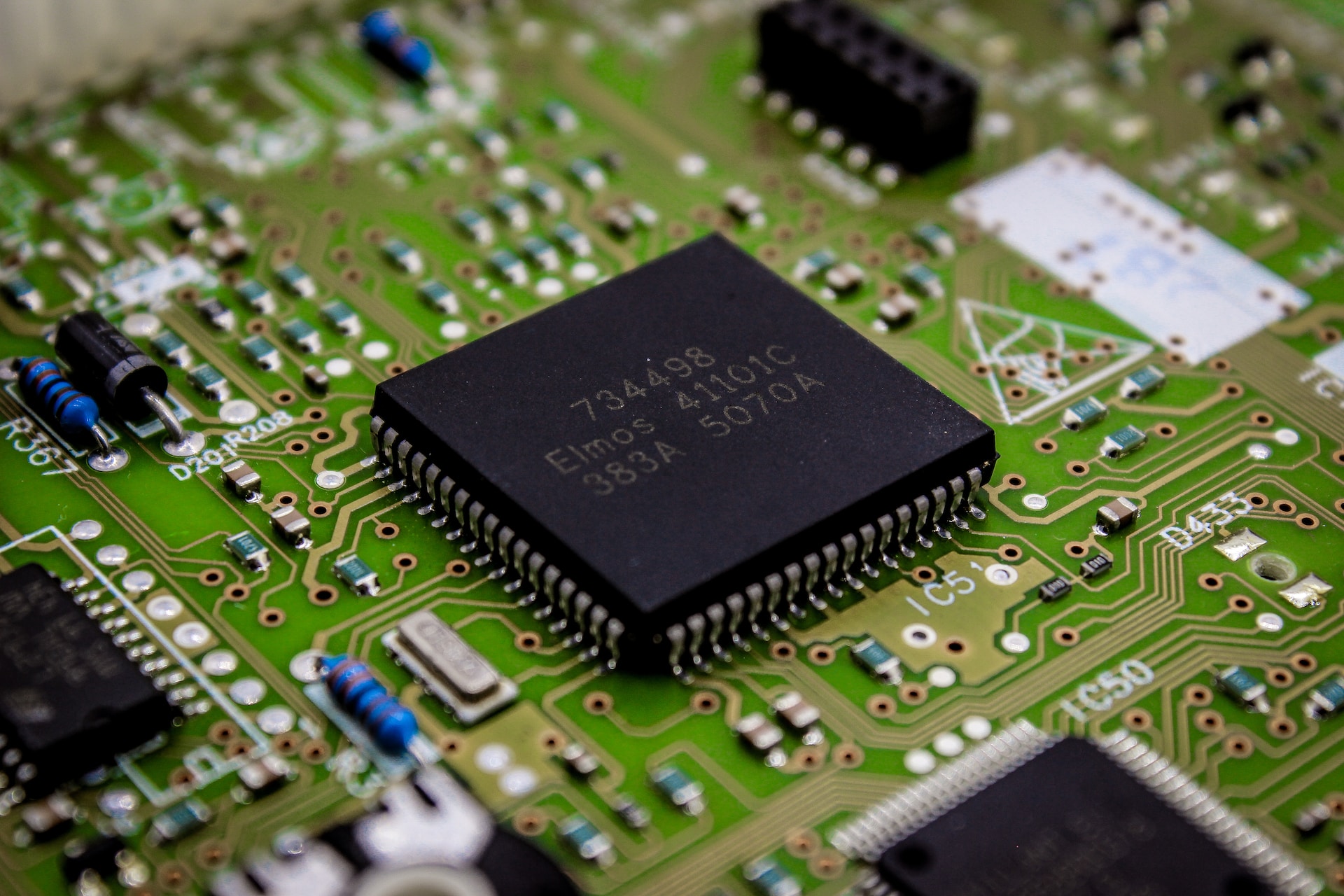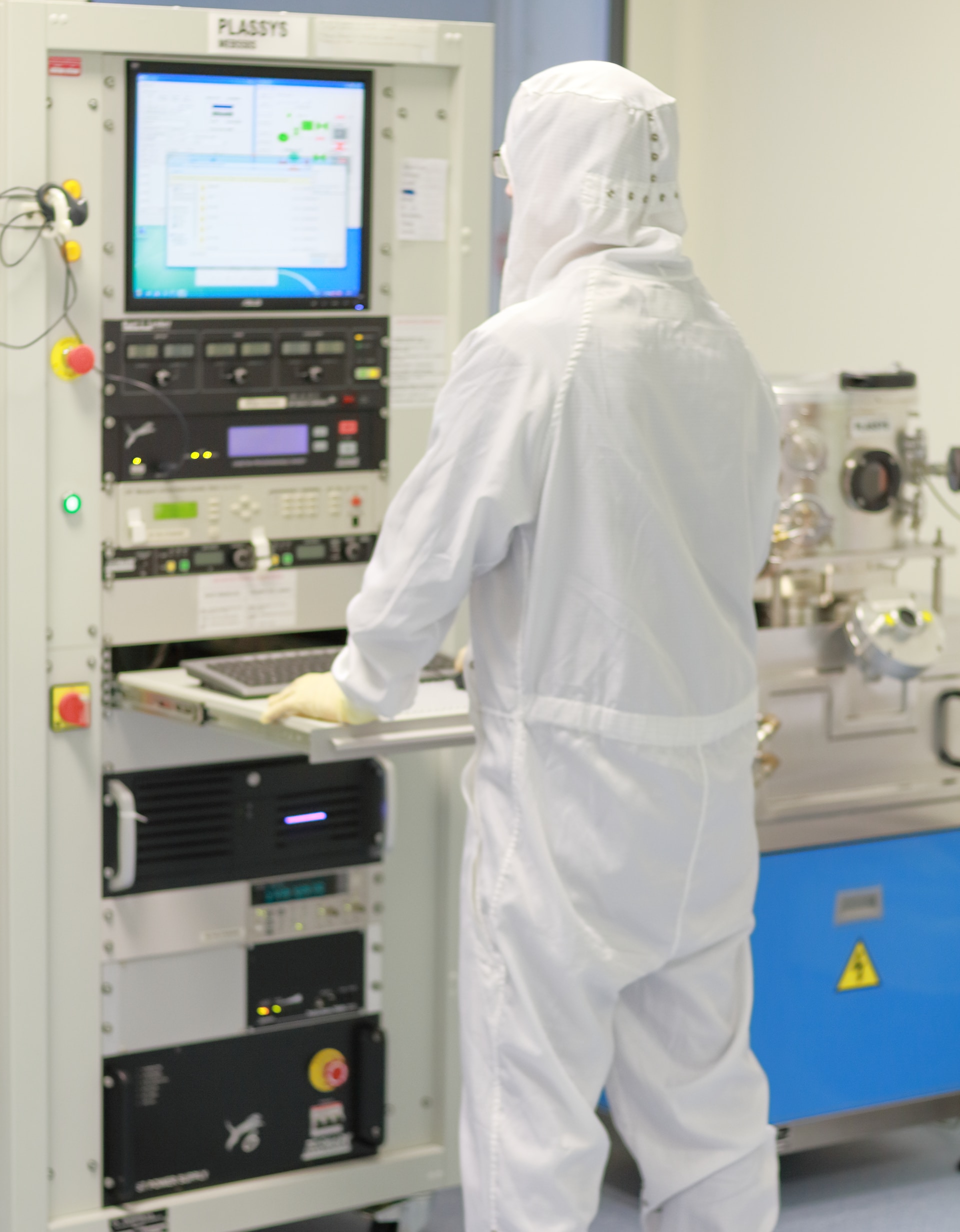Consider for a moment – how many microchips do you have in your house? This question might seem unusual at first glance, but it’s not an exaggeration to say that microchips, or integrated circuits (ICs), are at the heart of our modern lifestyle. A microchip is a small piece of material imprinted with an intricate electronic circuit. In Chinese, the term for microchip is 微晶片 (wēi jīng piàn), literally translating to “micro clear slice.”
Our modern existence is deeply intertwined with these tiny wafers of semiconducting material. Microchips are the unseen brains behind the scenes, from smartphones and smart TVs to computers, home appliances, and even cars. They’re responsible for the convenience and connectivity we often take for granted in our day-to-day lives.
But have you ever wondered about the genius behind these tiny “brains”? That genius is an unassuming but visionary man – Morris Chang. He founded TSMC (台積電/台积电; tái jī diàn), the Taiwan Semiconductor Manufacturing Company, in 1987. The company holds the title of the world’s biggest chipmaker. Chang’s journey and his company’s rise to tech supremacy is a remarkable story worth telling.

Photo by Bermix Studio on Unsplash
The unlikely hero: Morris Chang
Born in 1931 in China, Morris Chang, known by his Chinese name 張忠謀/张忠谋 (zhāng zhōng móu), embarked on an educational journey to the U.S. in 1949 that would change his life – and the course of the global technology industry. After earning bachelor’s and master’s degrees from MIT in 1952 and 1953, Chang furthered his expertise with a PhD from Stanford University in 1964.
His impressive academic credentials opened the door to a successful career at Texas Instruments (TI), where he dedicated more than two decades of his life, eventually ascending to the role of group vice president. However, at the age of 56, he made a bold decision that surprised many. Leaving his accomplished career in the U.S. behind, Chang was recruited by the Taiwanese government to play a pivotal role in shaping the island’s economic and technological future.
With unwavering courage and vision, he founded TSMC in 1987, willingly accepting the formidable task of building Taiwan’s semiconductor industry from scratch. His audacious move began a remarkable journey that would solidify Taiwan’s position on the global tech stage and redefine the semiconductor (半導體/半导体; bàn dǎo tǐ) industry forever.
Defying the odds: TSMC’s early struggles and triumphs
Establishing TSMC was far from easy. Chang found himself up against a tidal wave of challenges, including financial hurdles, industry skepticism, and the daunting task of attracting clients. Yet, through sheer determination and an unwavering vision, Chang and his team managed to convert these obstacles into opportunities:
- 1991: Despite the odds, TSMC broke new ground by introducing the first 0.5-micron process technology.
- 1994: The company achieved profitability and revealed the groundbreaking 0.35-micron process technology.
- 1999: Against all expectations, TSMC ascended to become the world’s largest dedicated semiconductor foundry – an unlikely success story.
- 2002-2015: In the face of stiff competition, the company relentlessly innovated, successively developing 90nm, 40nm, 28nm, and 16nm FinFET technologies.
- 2020: TSMC made headlines by initiating mass production of 5nm chips, which were incorporated into Apple’s A14 Bionic and M1 chips, further solidifying their position as a global tech titan.
Under Chang’s strong leadership, TSMC grew into a big player in the industry, capturing an impressive 55% of the market in the semiconductor foundry business, and a huge 90% of the high-end chip market. Even though there were many challenges along the way, TSMC became an indispensable ally for big tech companies like Apple, AMD, Qualcomm, and NVIDIA. In recent years, Apple has become TSMC’s largest customer, accounting for nearly a quarter of the company’s sales revenue. Chang’s extraordinary journey paints a compelling picture of triumph against adversity.
The talent pool and supply chain in Taiwan: a testament to resilience
Owing much to TSMC, Taiwan has risen as a fertile ground for semiconductor talent, flourishing against the odds. The country’s workforce is impressively specialized, spanning the breadth of the semiconductor industry. Taiwanese professionals exhibit unmatched expertise from semiconductor design, fabrication (manufacturing), packaging, and testing to distribution, solidifying the nation’s stance as a formidable global player.

Competing for this skilled workforce has proven intense. With the high-tech industry’s rapid growth, the demand for experienced semiconductor professionals has skyrocketed. Companies, both domestic and international, are competing for this talent pool, offering attractive packages to lure the best minds. The high-stakes competition attests to the value of these skilled workers, emphasizing the strength of Taiwan’s semiconductor industry.
Furthermore, many Taiwanese professionals hold pivotal roles in major international companies like NVIDIA, shining a light on the country’s far-reaching influence. Through their work, these individuals not only propel the companies they work for but also continue to boost Taiwan’s status on the global technology stage. TSMC’s transformative impact on Taiwan’s semiconductor landscape stands as a testament to resilience and vision.
A changing world: competition and the future of TSMC
Nowadays, the competition in the semiconductor industry isn’t just between companies – it’s also between countries. This is because having advanced microchip technology is crucial for national security, including everything from military operations to space satellites. Unsurprisingly, countries like the US, Korea, China, and Taiwan are doing everything they can to support their semiconductor industries with laws, tax breaks, and funding for research and development.
Samsung Electronics from Korea and TSMC from Taiwan are two of the biggest names in this highly competitive industry. Both companies have advanced factories for making semiconductors and constantly strive to make their microchips smaller, better, and cheaper to produce.
Despite this ongoing competition, it’s important to remember how TSMC got to where they are today. Chang’s inspiring story of overcoming setbacks and challenges serves as a testament to the power of determination and resilience in achieving greatness. His unwavering commitment to innovation and the growth of Taiwan’s semiconductor industry has shaped TSMC into the global leader it is today. The company’s impact on the world of technology is undeniable, and as it continues to forge ahead, it will undoubtedly play an even more critical role in shaping the future of the industry and beyond.
For those keen to delve deeper into this subject, CNBC has a fantastic documentary about it:



